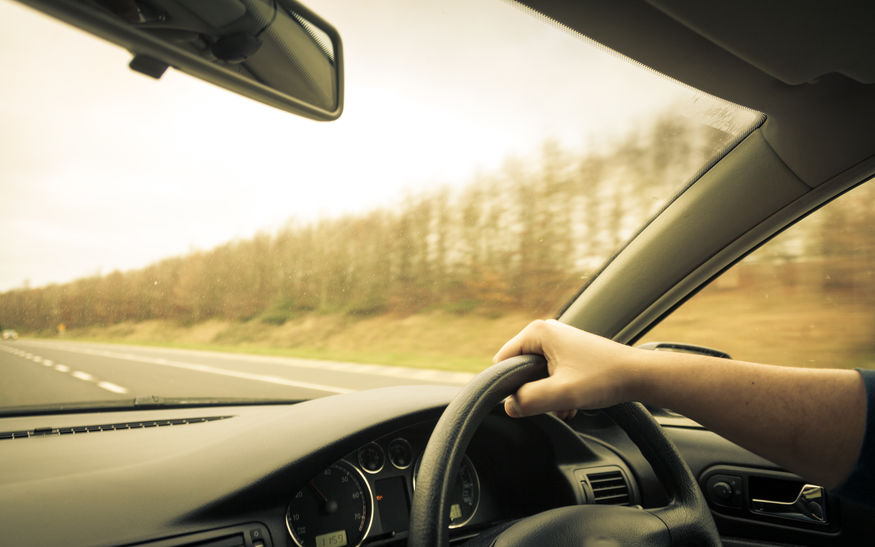
Cars are getting increasingly safe. We are continuing to see declines in the level of car accidents on our roads. The majority of European and North American countries saw significant drops in the number of road deaths reported between 2008 and 2018.
However, the UK is still seeing roughly 1,500 whiplash claims made every day, according to the Association of British Insurers. This shows that there is still a fair way to go before our vehicles are able to completely protect us.
Newer cars prove safer
The US National Highway Traffic Safety Administration confirmed the notion of newer cars offering higher levels of safety to motorists. In a 2018 study, it found that “the proportion of vehicle occupants who were fatally injured increases with the age of the vehicle”.
This is unsurprising given that newer cars have the benefit of more safety features. From parking assist to blind spot monitoring and even driver alertness monitoring, vehicles produced in the last couple of years have almost countless ways of improving safety.
Features like these make driving easier. But technology is also helping after a road traffic accident has actually happened. Automatic crash alerts can be sent from on-board systems to emergency services, helping them get to the site of the accident as quickly as possible.
Evaluate the safest cars
In 2018, the UK saw 25,511 seriously injured casualties in reported road traffic accidents. With this in mind, when considering a new car, it is a wise idea to consult the rankings of the safest vehicles on the roads to reduce the risk of injury.
The Euro NCAP ratings give a clear list of the safest vehicles available. If your priority is keeping your children safe, for example, you can find the best cars for doing exactly that. The organisation responsible for the ratings tests these vehicles comprehensively, giving you the assurance that these vehicles offer as much protection as possible.
Whether you’re looking for a large off-road vehicle for work or a small family car, safety should always be at the top of the list of factors you take into account.
Keeping yourself safe
The advantage of these safety features is clear. But not all vehicles have them installed. So keeping yourself safe on the roads will often come down to you. There are a number of actions you can take inside your vehicle to help keep you secure. For example, not using your phone or connecting it to a Bluetooth speaker will avoid distractions.
Meanwhile, you can adjust your car seat head restraint to minimise the risk of whiplash. It is advisable to ensure your head restraint is no more than 5cm away from your head as the further your head has to travel before hitting it means the risk of whiplash is greater.
You should also take care to adjust your speed according to the environment you’re driving in. Specified speed limits can be judged to be too high in certain cases – such as when it’s dark or raining or there are children present. This means you need to evaluate how fast you should really be going depending on the conditions on the road.
Image copyright: akz